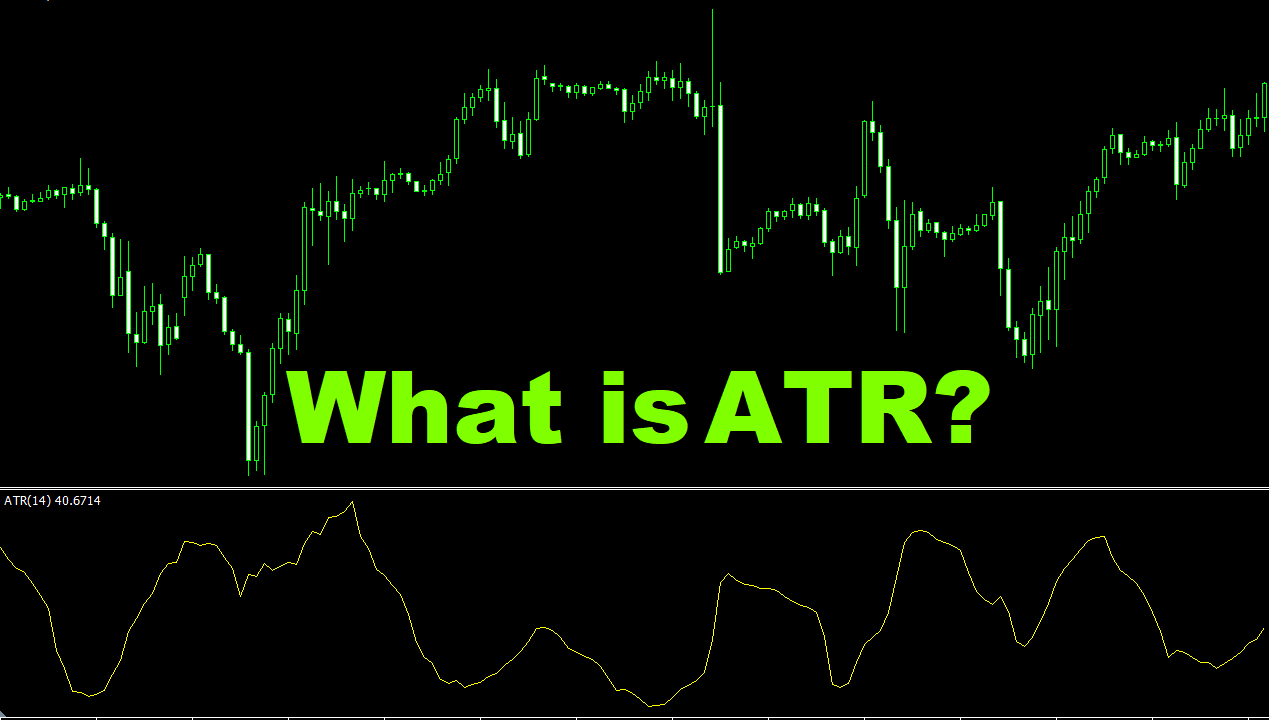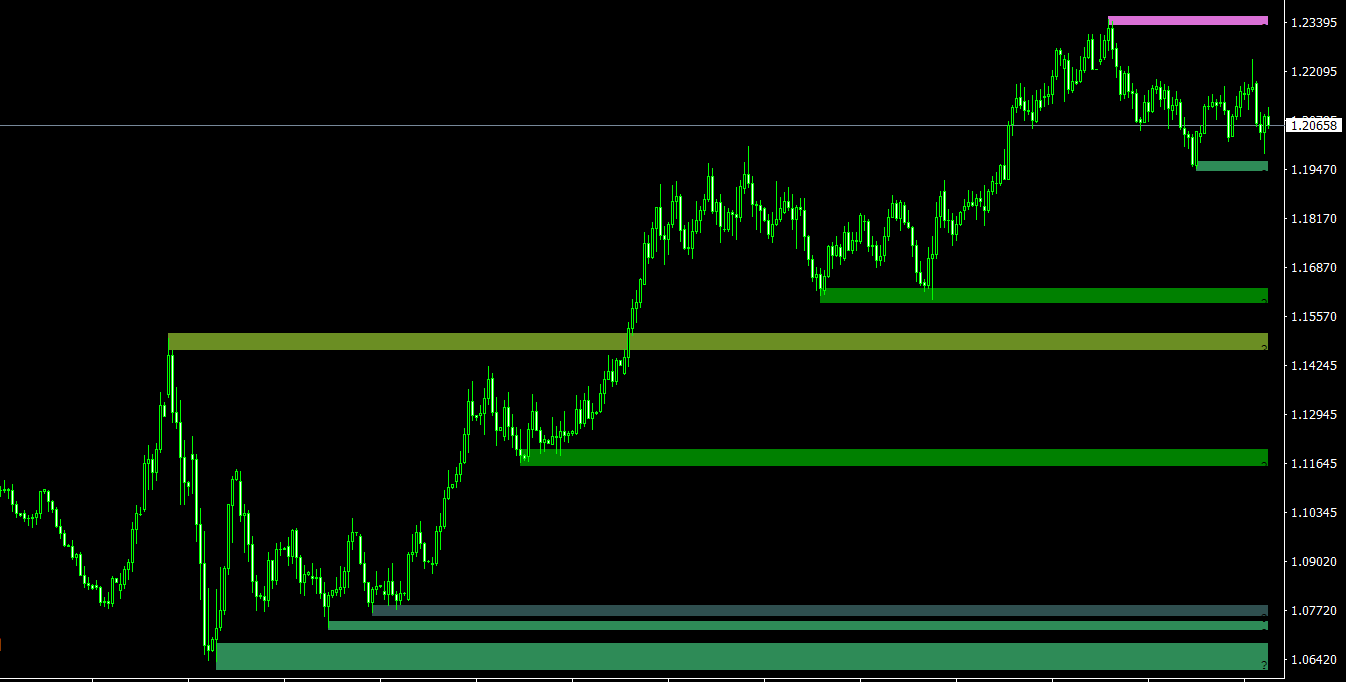The Average True Range (ATR) is a technical analysis indicator developed by J. Welles Wilder, designed to measure market volatility. It is widely used across various financial markets, including forex trading, to provide insights into price fluctuations and to inform trading strategies. In this article, we will explore the concept of ATR in-depth, discuss its calculation, and outline how to effectively use it in forex trading to manage risk and optimize trade entries and exits.
Understanding the Average True Range (ATR)
ATR is a volatility-based indicator that calculates the average range of price movement over a specified period, typically 14 periods. It considers the true range, which is the greatest value among the following:
- The difference between the current high and the current low.
- The absolute difference between the current high and the previous close.
- The absolute difference between the current low and the previous close.
By averaging these true ranges, the ATR indicator provides a representation of the average price fluctuations over a given period. It does not provide directional information or predict future price movements; instead, it offers a measure of the market’s volatility, which can be used to inform trading decisions.
Calculating the Average True Range (ATR)
The ATR is calculated using the following steps:
- Calculate the true range for each period within the specified time frame (e.g., 14 periods).
- Add up the true ranges calculated in step 1.
- Divide the sum obtained in step 2 by the number of periods (e.g., 14) to obtain the average true range.
Most trading platforms and charting software include the ATR indicator, so traders typically do not need to perform these calculations manually. However, understanding the underlying formula can be helpful in interpreting the ATR values.
Interpreting the Average True Range (ATR)
When analyzing the ATR, it is essential to consider the following points:
- Higher ATR values indicate higher volatility, meaning that the market is experiencing larger price fluctuations. Conversely, lower ATR values suggest lower volatility and smaller price movements.
- ATR is a lagging indicator, as it is based on historical data. While it can provide insights into current market conditions, it cannot predict future price movements or direction.
- A sudden increase in the ATR value may indicate the beginning of a strong price movement, whereas a declining ATR value can signal that the market is consolidating or losing momentum.
Using the Average True Range (ATR) in Forex Trading
There are several ways to use the ATR indicator in forex trading, including:
- Assessing market volatility: By monitoring the ATR values, traders can gain insights into the current market volatility and adjust their trading strategies accordingly. For example, during periods of high volatility, traders may choose to use wider stop-loss and take-profit levels to account for the increased price fluctuations.
- Setting stop-loss orders: The ATR can be used to set stop-loss orders that are proportional to the market’s volatility. This can help traders avoid getting stopped out prematurely due to temporary price fluctuations. A common method is to set the stop-loss a multiple of the ATR value away from the entry price (e.g., 1.5 or 2 times the ATR).
- Position sizing: The ATR can also inform position sizing decisions by helping traders manage their risk. By incorporating the ATR value into the position size calculation, traders can ensure that they are risking a consistent percentage of their trading capital, regardless of the market’s volatility.
- Identifying trade entries and exits: Traders can use the ATR to identify potential trade entries and exits based on market volatility. For instance, during periods of high volatility, traders may look for breakouts or breakdowns, as these strong price movements can signal the beginning of a new trend. On the other hand, during periods of low volatility, traders may focus on range-bound trading strategies, capitalizing on support and resistance levels.
- Volatility-based trading strategies: Some traders develop entire trading strategies around the ATR, using it as the primary decision-making tool. One such strategy is the ATR breakout system, where traders enter a trade when the price moves beyond a certain multiple of the ATR value, anticipating that the breakout will result in a strong trend.
- Combining with other technical indicators: The ATR can be combined with other technical indicators to enhance trading decision-making. For example, traders can use moving averages to identify the overall market trend and then use the ATR to fine-tune their trade entries and exits based on the prevailing volatility.
Limitations of the Average True Range (ATR)
While the ATR is a valuable tool for assessing market volatility and informing trading decisions, it is not without limitations. Some of the potential drawbacks include:
- Lagging nature: As a lagging indicator, the ATR is based on historical data and cannot predict future price movements or direction. It is essential to combine the ATR with other technical or fundamental analysis tools to develop a comprehensive trading strategy.
- Sensitivity to the chosen period: The ATR value can vary significantly depending on the chosen period for calculation (e.g., 14 periods versus 20 periods). Traders need to experiment with different settings to find the one that best suits their trading style and objectives.
- Inability to account for gaps: The ATR does not consider price gaps that may occur between trading sessions, which can lead to an underestimation of the true volatility in some cases.
Conclusion
The Average True Range (ATR) is a valuable tool for forex traders looking to assess market volatility and make informed trading decisions. By incorporating the ATR into their trading strategies, traders can better manage risk, optimize trade entries and exits, and adapt to changing market conditions.
However, it is essential to recognize the limitations of the ATR and combine it with other technical or fundamental analysis tools to develop a well-rounded trading strategy. By understanding the principles behind the ATR and effectively applying it in their trading, forex traders can enhance their overall performance and potentially generate more consistent profits.



